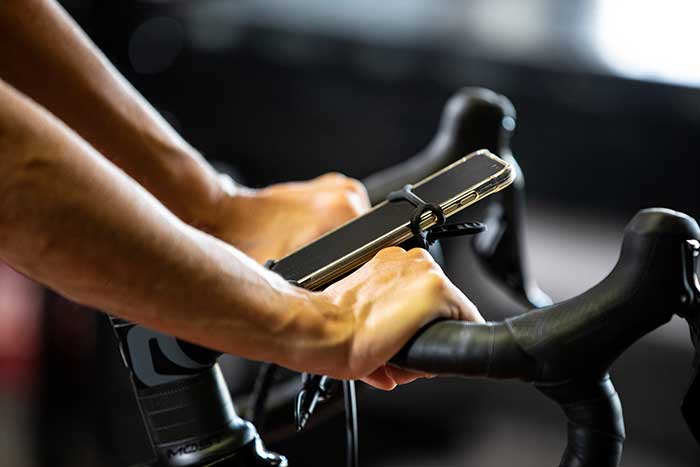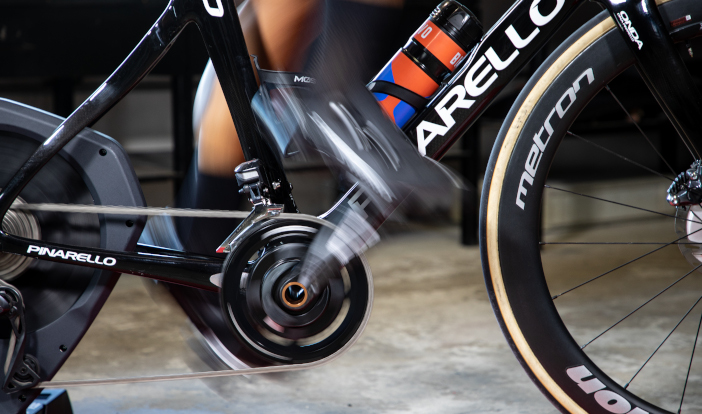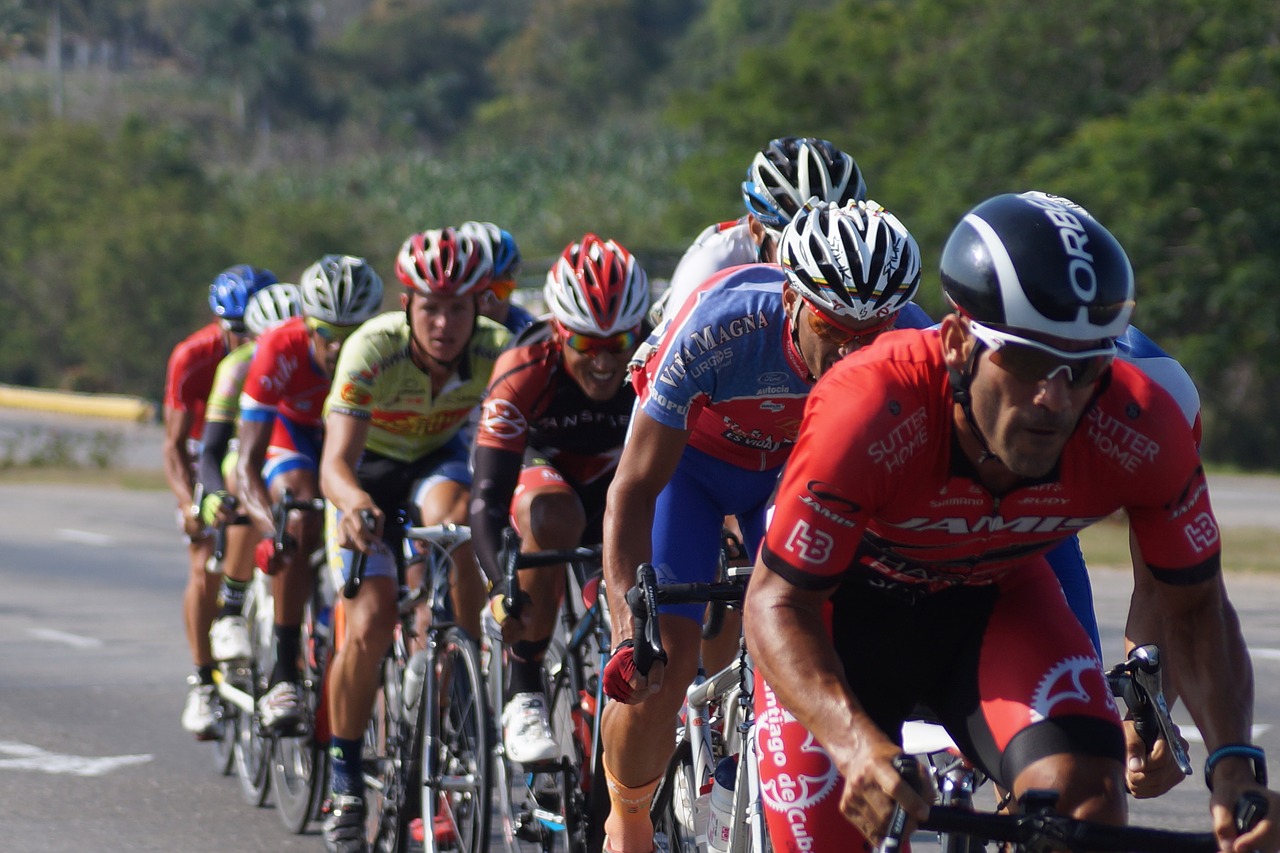Knowing how to draft is as important during training as during a race.
Knowing how to draft is as important during training as during a race. The first rule of cycling is: do not unnecessarily waste your energy. If you have any experience in cycling, you know that it makes a big difference in energy expenditure if you are not the one leading the pack.
In fact, the bulk of the resistive forces encountered when on the bike is not caused by the rolling friction of the wheels, but rather by the resistance of the air to our body mass. Precisely for this reason drafting can be an energy saving strategy, impacting performance. Drafting, however, also brings risks arising from the proximity of other cyclists, especially in races or large groups. Being involved in a crash can happen all too easily, but with concentration, the right skills and experience it can be avoided.
● Try to stay focused and protected. When drafting, you should not only try to protect yourself from head winds, but also from cross winds. This helps reduce air drag. You will save energy, but should pay constant attention to the movements of other cyclists. The risk of coming into contact with another bike is much higher in this position.
● Choose the right group. Whether in a race or during training, the dynamics are always the same in large groups of cyclists. Usually, the group is compact at the beginning. But with the passing of miles, smaller groups will start to form of athletes of similar strength. You will need to find the right group for you, taking care not to overestimate your abilities.
● Choose regularity. If you can, choose to follow the wheel of somebody who keeps a constant pace over somebody who has an erratic riding pace or who is not able to keep a straight course. In addition to wasting your energy, a cyclist of this type is likely to be very dangerous.
● Understand the wind. Staying directly behind another cyclist is not always the best option. If the wind is blowing sideways, you should draft alongside your opponent. Place yourself on the side of your opponent protecting you from the cross wind while making sure your front wheel stays at half-wheel height with their rear wheel.

Editorial Board
You might also be interested in


